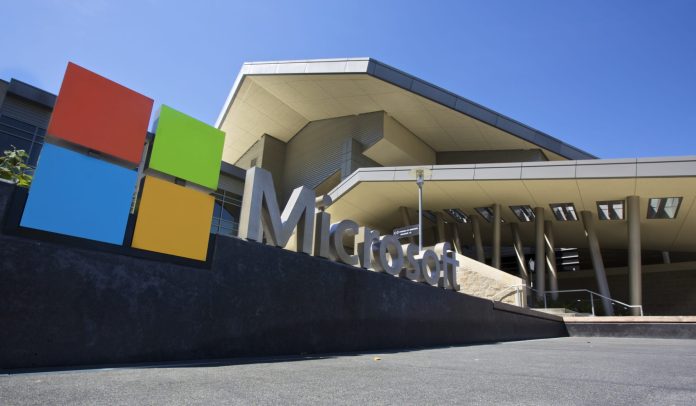Microsoft has made its Azure IoT Edge service ‘generally available’, and added new categories including device management and security to its Azure IoT Edge catalogue.
It has also made Azure IoT Edge available on open source developer platform GitHub, which Microsoft acquired for $7.5 billion last month, and shop-windowed certified edge modules via its Azure Marketplace web store.
Additional updates include support for the Moby container management system, allowing Microsoft to “extend concepts of containerisation, isolation, and management from the cloud to devices at the edge,” and expanded IoT certification to cover hardware and software edge functions.
Microsoft has also introduced zero-touch provisioning so devices can be provisioned in the field with no operator intervention, and ‘automatic device management’ (ADM) service to allow for large-scale deployment of IoT edge modules to a fleet of devices based on device meta data.
“Customers can securely provision tens of thousands of devices – bringing true scale to edge deployments,” it said.
Its security manager function acts as a “well-bounded security core” for protecting edge devices by abstracting the silicon hardware, providing a means for device makers to “harden” their security.
Microsoft also claimed a simplified developer experience for its Azure IoT components, including broad language support for module SDKs, tooling for VSCode, and introduction of edge module lifecycle management via VSTS.
Microsoft highlighted its customers’ usage of Azure IoT Edge in a blog post announcing the updates, including a case study with Schneider Electric, which is running predictive maintenance on industrial equipment to avoid downtime and hazards. Other customers include Chevron, Weir Group, Vulcan Steel, Amano McGann, Redis Labs and Moxa.
Microsoft’s IoT edge runtime is free, and will be available as open source code; charges apply for the hub and edge modules, also required to build IoT edge solutions. Microsoft announced in April it will invest $5 billion in IoT over the next four years.

